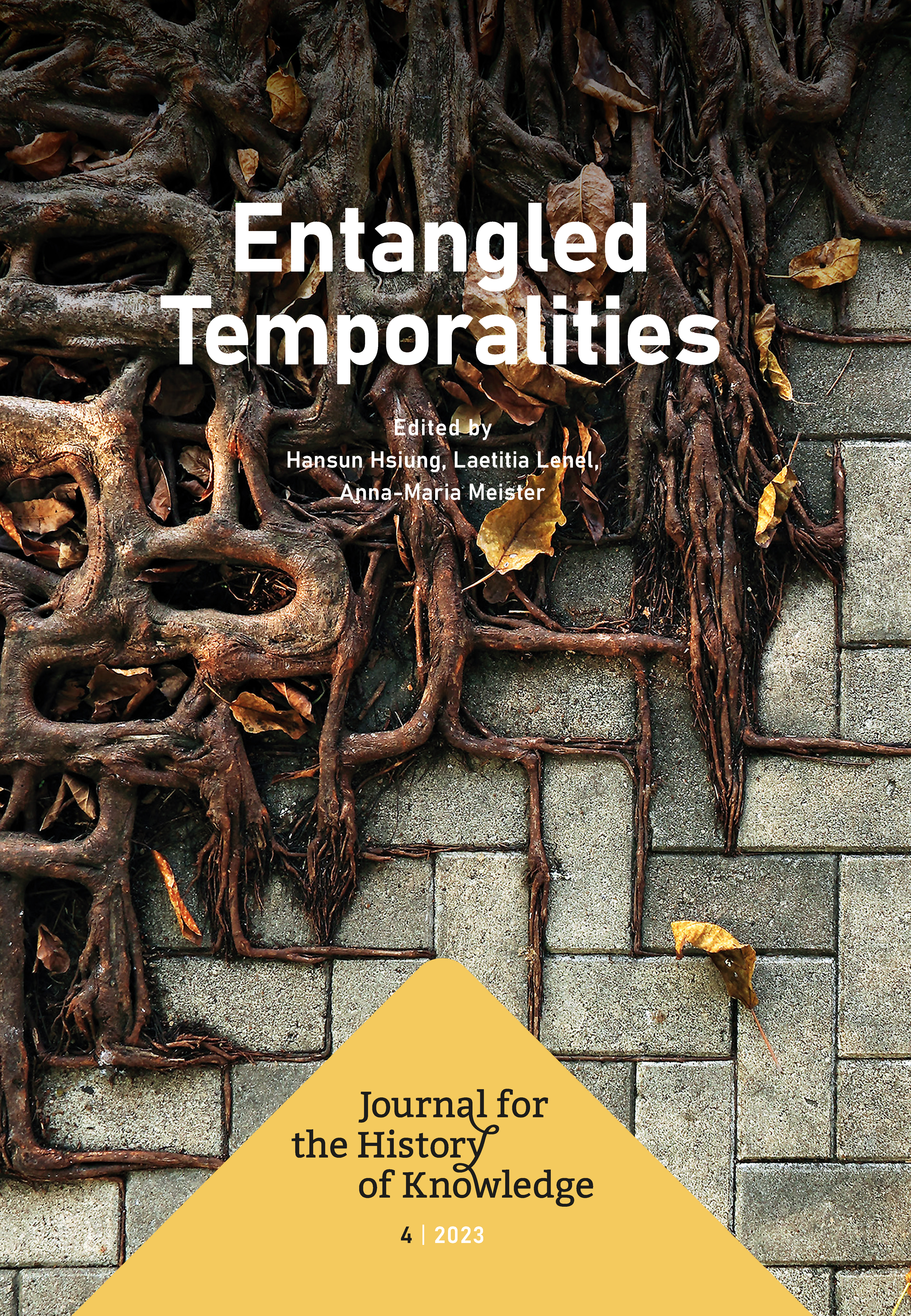Chernobyl's Palimpsestic Shelters
A Concrete Tale of Forms of Delay
DOI:
https://doi.org/10.55283/jhk.12570Keywords:
Chernobyl, Concrete, Steel, Modern architecture, Cold War, History of engeneeringAbstract
The more than 400,000 cubic-meters of concrete meant to contain the deadly debris of the largest nuclear accident of the 20th century in Chernobyl in the Ukraine were named “Sarcophagus” in the Western world— an architectural term describing the stone enclosure of a dead body. It would not remain the only structure built to contain the catastrophic fallout. After 1986, the supposedly ever-durable material of modern architecture started to crumble under the radiation. A new enclosure needed to take shape. In an international architecture competition held in 1992 by the Ukrainian government, an arch was chosen as “New Safe Confinement” (NSC) to keep the toxic matter sealed inside. Built from steel this time, this new shell was completed after lengthy delays in July 2019—a monument containing a brutalist radioactive ruin. Its building technology, implemented to delay leakage to protect future human generations, in turn needs those very generations precisely for its own maintenance. This article poses the many hulls of Chernobyl as architectural palimpsest: a deathly bind of matter and time, of decay, ruin, and construction in the fall-out’s ongoing aftermath. Written as history of architectural knowledge, the making space for a destructive non-human occupant (under human care) turns a seemingly straightforward architectural narrative into the story of a structure built too late to keep the world around it inhabitable.
Downloads
Downloads
Published
Issue
Section
License
Copyright (c) 2023 Anna-Maria Meister

This work is licensed under a Creative Commons Attribution 4.0 International License.


